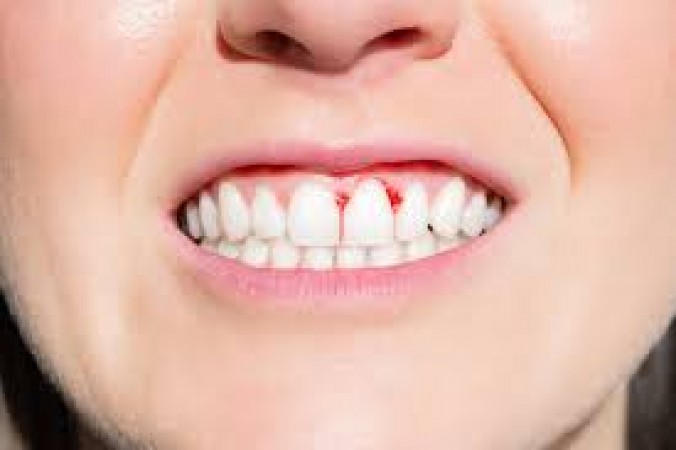
Many people experience the unsettling sight of blood while brushing their teeth. This phenomenon can be concerning and may indicate an underlying dental issue. Understanding why your teeth bleed during brushing is crucial for maintaining oral health. Let's delve into the possible reasons and explore ways to prevent it.
Gingivitis, a mild form of gum disease, is a prevalent cause of bleeding gums. It occurs due to plaque buildup along the gumline, leading to inflammation. Without proper oral hygiene, gingivitis can progress to more severe gum diseases like periodontitis.
Brushing too hard or using a toothbrush with stiff bristles can damage delicate gum tissues, causing them to bleed. Gentle, circular motions are recommended while brushing to effectively clean teeth without harming the gums.
Insufficient brushing and flossing allow plaque to accumulate, leading to bacterial growth and inflammation. Over time, this can result in bleeding gums and more serious dental issues if left untreated.
Fluctuations in hormone levels, such as those occurring during pregnancy or puberty, can make gums more sensitive and prone to bleeding. This is known as pregnancy gingivitis and typically resolves after childbirth or once hormone levels stabilize.
Some medications, such as blood thinners and certain antihypertensives, can increase the risk of bleeding gums as a side effect. If you suspect your medication is causing this issue, consult your healthcare provider for alternative options.
Brushing teeth twice daily with a soft-bristled brush and fluoride toothpaste is essential for removing plaque and preventing gum disease. Flossing at least once a day helps clean between teeth and along the gumline, reducing the risk of bleeding gums.
Avoid aggressive brushing and opt for gentle, circular motions to clean teeth effectively without causing gum irritation. Using a toothbrush with soft bristles further minimizes the risk of gum damage.
Routine dental checkups and cleanings allow dentists to detect and address early signs of gum disease before they escalate. Professional cleanings remove hardened plaque (tartar) that cannot be removed through regular brushing and flossing.
Eating a balanced diet rich in fruits, vegetables, and lean proteins supports overall oral health. Limiting sugary snacks and beverages helps prevent plaque buildup and reduces the risk of gum disease.
Stress can weaken the immune system and exacerbate oral health issues like gum disease. Practicing stress-reduction techniques such as meditation, yoga, or deep breathing exercises may help improve gum health.
Bleeding gums while brushing should not be ignored, as they often indicate an underlying dental problem. By understanding the causes and implementing preventive measures like proper oral hygiene and regular dental visits, you can maintain healthy gums and a bright smile for years to come.
Beat the Heat: Water-Rich Fruits for a Refreshing Summer
If you are thinking of losing weight, then eat these 5 types of dishes for breakfast
Health Benefits of Paneer: How to Make Deepti Sharma's Favorite Dish"